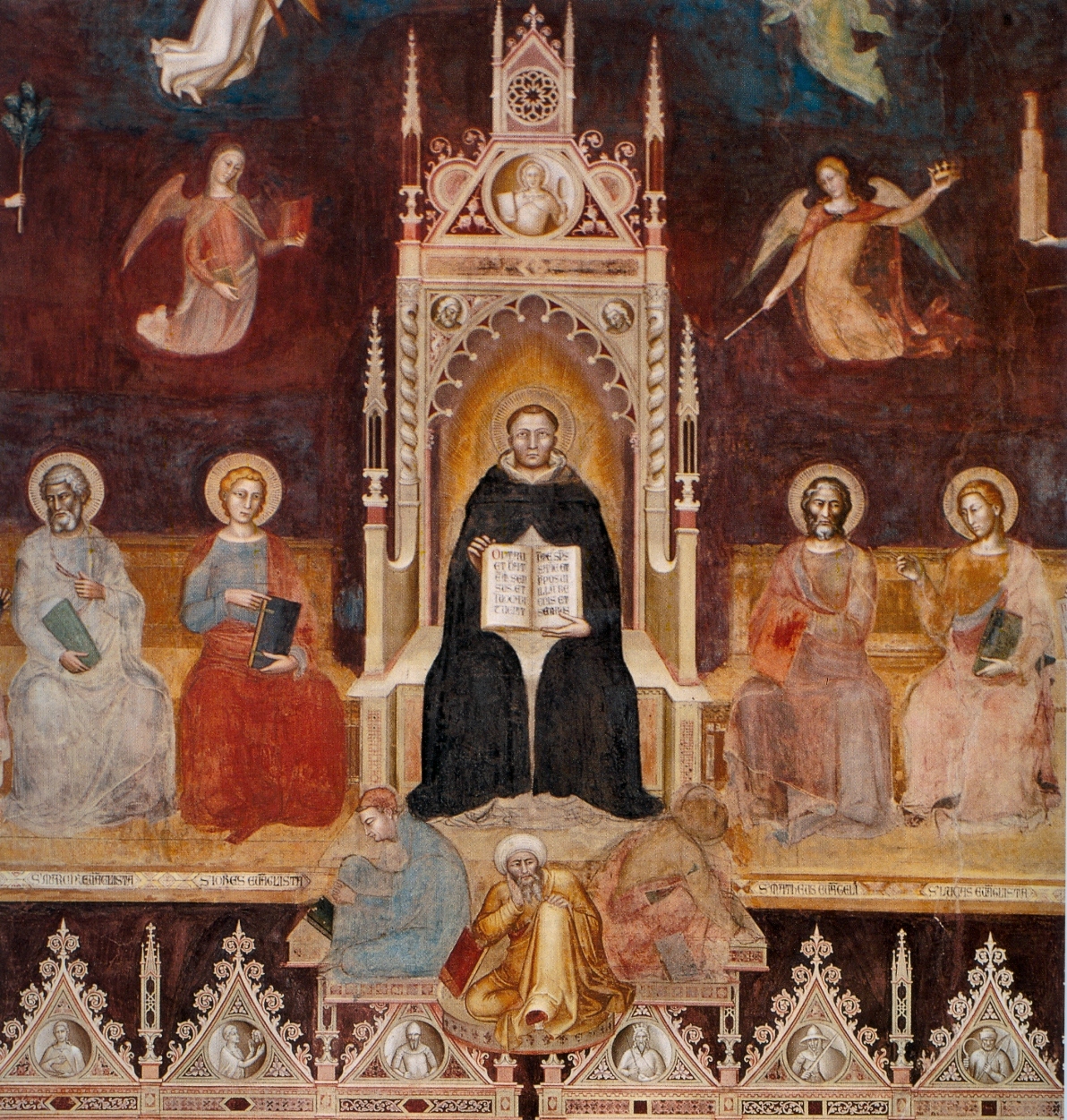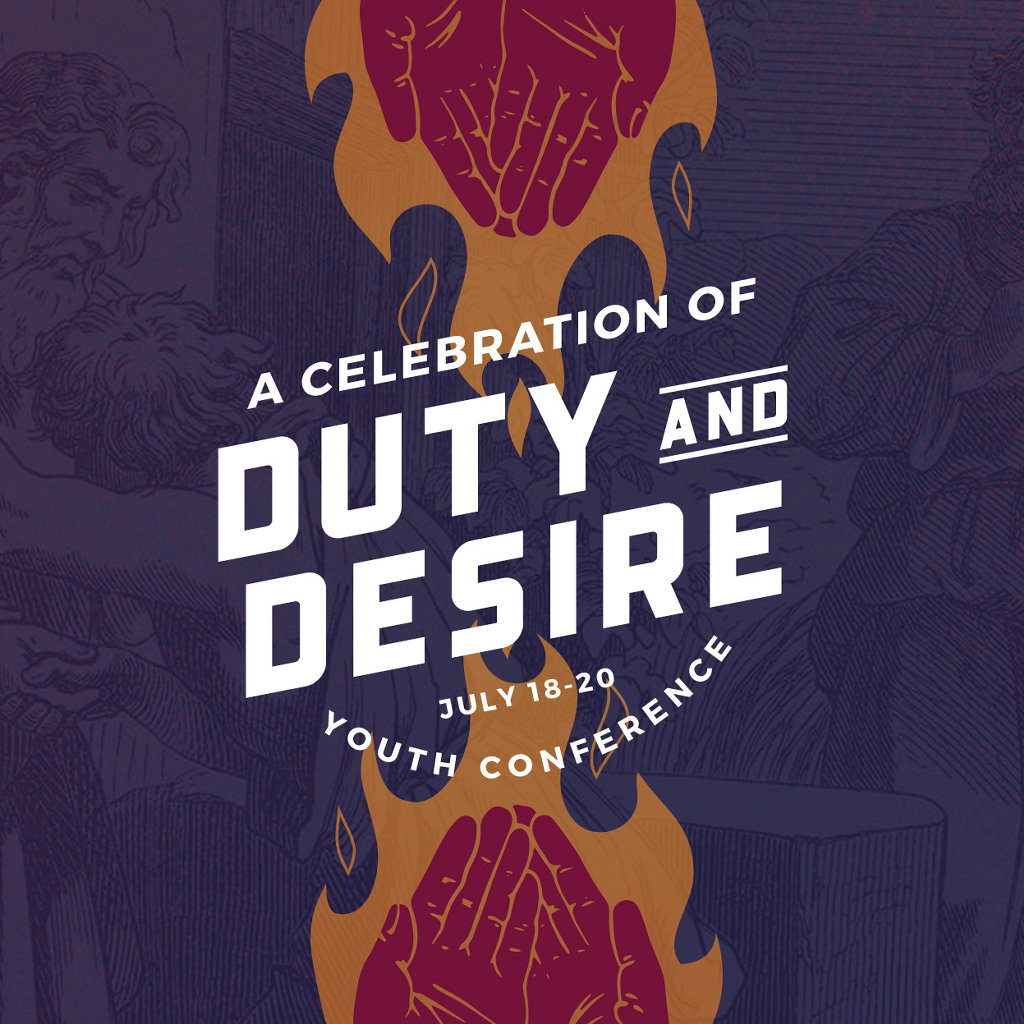Why and How to Read Aquinas

I first encountered the ideas of Saint Thomas Aquinas through Josef Pieper in Leisure: The Basis of Culture. Pieper’s book had a profound impact on me; through it, I realized that I was missing the heart of classical education and because of it I decided to attend graduate school. In Pieper’s essay, Aquinas’s ideas stood out to me both as the most interesting and the most foreign. When I later studied portions of the Summa Theologiae, I was immediately attracted to Aquinas’s methodical mind, careful work, and clear definitions. But I was then moved by his ideas, especially his writings on virtue. It is no exaggeration to say that he has played a starring role in my spiritual formation over the last several years.
If you want to be a liberally educated person well-versed in the Great Tradition, you must contend with Aquinas. Standing at the crossroads between antiquity and modernity, he is a foundational figure in modern thought. He is named the Angelic Doctor of the Church and is often considered a summit of the Western Christian tradition. So, to understand the development of Western Christianity, Aquinas is an important key. This is due not only to his ideas but also to the role of debate caused by his ideas. Aquinas (and aversion to Aquinas) continues to play a key theological role. During the twentieth century, scholars began to return to the ideas of Aquinas in a movement known as the Ressourcement which played a key role in reforms in Roman Catholicism. Recent English translations of the work of Ressourcement scholars continue the debates surrounding Thomism.
Aquinas lived c. 1225-1274 during the pinnacle of medieval scholasticism. Reading Aquinas helps us to understand the medieval mind and imagination. As C. S. Lewis explains, “Characteristically, medieval man was not a dreamer nor a spiritual adventurer; he was an organizer, a codifier, a man of system. His idea could be not unfairly summed up in the old housewifely maxim ‘A place for everything, and everything in its (right) place.’” Lewis gives three examples of the pinnacle of the medieval imagination: the cathedrals, the Summa, and The Divine Comedy. Lewis says that these are a view into “the tranquil, indefatigable, exultant energy of a passionately logical mind ordering a huge mass of heterogenous details into unity.”[1] Where Aquinas codified, Dante enfleshed Aquinas’s theological division in The Divine Comedy, which is sometimes referred to as “The Summa in verse.”
Even more than the importance of reading Aquinas to understand the past is the practical application of his writings for the present. As the pursuit of virtue continues to be brought to the forefront of the classical renewal, educators continue to seek resources to explain what exactly virtue is and how it can be taught. Aquinas has answered these questions thoroughly and practically, outlining the relationship between reason, will, and passions, and synthesizing classical and theological virtues. He provides a practical philosophy of virtues as habits that make us good, explaining the relationship between the classical virtues and how they are developed. Is virtue one or many? Can virtue be taught? How do moral and intellectual virtues differ? What is the role of grace? Aquinas answers all these questions as well as many more you may never have thought to ask.
As with any other philosopher, there is much to be gained despite differences of opinion with the writer. Even the purist Thomist does not claim Aquinas is without error; Roman Catholics must disagree with Aquinas on the points of doctrine which conflict with current church dogma. The thorough precision of his arguments provides a springboard for further thought through contemplation, discussion, and debate.
So, how do you read Aquinas? I would start by…reading Aquinas. The instinct of our progressive education is to begin a route so circuitous that it will never actually end in the reading of the thing. First a biography, perhaps, and then a commentary, but which one? In my graduate program, commentary was discouraged (when not outright forbidden), and essays could only cite the original text. I learned quickly that it is often (if not always) simpler and clearer to read the text itself than the commentaries about the text. The Summa Theologiae is Aquinas’s main work and is written to explain the faith to believers. Begin with the Summa and treat it as a reference book. You don’t need to begin at the beginning, and it is unlikely you will read it all (bound print versions are five volumes long). It is precisely indexed, so you can simply go to a topic that interests you and begin there. It is divided into three parts which can be crudely summarized to be about God, man, and Christ respectively. (Note that part two is broken into I of II and II of II). There is also a supplement (clarifications compiled by another writer) and the appendices, which are about Purgatory.
The format of the Summa is as follows. Aquinas asks a main question which is subdivided into articles. For each article, he asks a question and then presents varying objections to the answer he will provide. He then quotes a philosopher (or occasionally Scripture), provides his answer (“I answer that…”), and finally responds to each objection. Because of the format you could pick just one question, and take your time going through the articles, pausing and returning as needed.
A few helpful tips. First, it helps to be familiar with Aristotle. Aquinas synthesizes Aristotelian philosophy and Christian theology; in fact, his quotes are often of “the Philosopher,” Aristotle. The more familiar you are with Aristotle’s ideas about causality, substantial/accidental properties, and eudaimonia, for example, the easier Aquinas is to understand. Secondly, Aquinas is not writing within the framework of sola scriptura, a Reformation-era teaching. In addition to Scripture, his arguments rely on reason and tradition, and many of his arguments in the Summa do not cite Scripture. He has also written commentaries on various books of the Bible and exhibits expert knowledge of the Scripture. But he is not writing from a theological framework that would require a Scriptural “proof” for each argument.
There are many helpful resources for the novice reader. First, all of Aquinas’s writings are now available at Aquinas.cc side by side in Latin and English. There are more visually appealing online versions of the Summa, but this site includes harder-to-find works and is easy to navigate. Secondly, Aquinas 101, a product of The Thomistic Institute, has free video courses, beginning with An Introduction to the Summa. Each portion is subdivided into brief videos explaining Thomistic ideas and usually lasting between five to eight minutes. They are high quality, clearly taught, and produced for those new to the work of Aquinas. They are organized so that you can quickly find videos to explain specific concepts that you encounter. Finally, for a more comprehensive approach to Thomism, scholar Edward Feser has written some excellent Beginner’s Guides to Aquinas.
I will close with the words of Aquinas in his prayer before study:
Ineffable Creator,
Who, from the treasuries of your wisdom
have appointed
the three
hierarchies of the angels,
arranging them
in wondrous order
above the fiery heavens,
and have established
all parts of the universe so beautifully,
You, whom we call
the true source of light
and wisdom,
the supreme origin of all,
be pleased to cast
into the darkened places
of my mind
a ray of your brightness,
Remove from me
the two-fold darkness
of sin and ignorance
into which I was born.
You, who make eloquent
the tongues of infants,
educate my tongue,
and pour upon my lips
the grace of your blessing.
Grant me
keenness of understanding,
capacity to remember,
method and ease in learning,
subtlety to interpret,
and abundant grace in speaking.
Guide the beginning of my work,
direct its progress,
and bring it to completion.
You,
Who are true God and true Man,
Living and reigning forever and ever. Amen.
[1] C. S Lewis, Studies in Medieval and Renaissance Literature (Harper Collins, 2013), https://www.everand.com/read/176374661/Studies-in-Medieval-and-Renaissance-Literature.
Rachel Woodham
Rachel Woodham has a BA in Russian Language and Literature and is a graduate student of Great Books at Harrison Middleton University. A classical educator for the last decade, she now homeschools her three all-time favorite students.






1 thought on “Why and How to Read Aquinas”
Thank you so much!